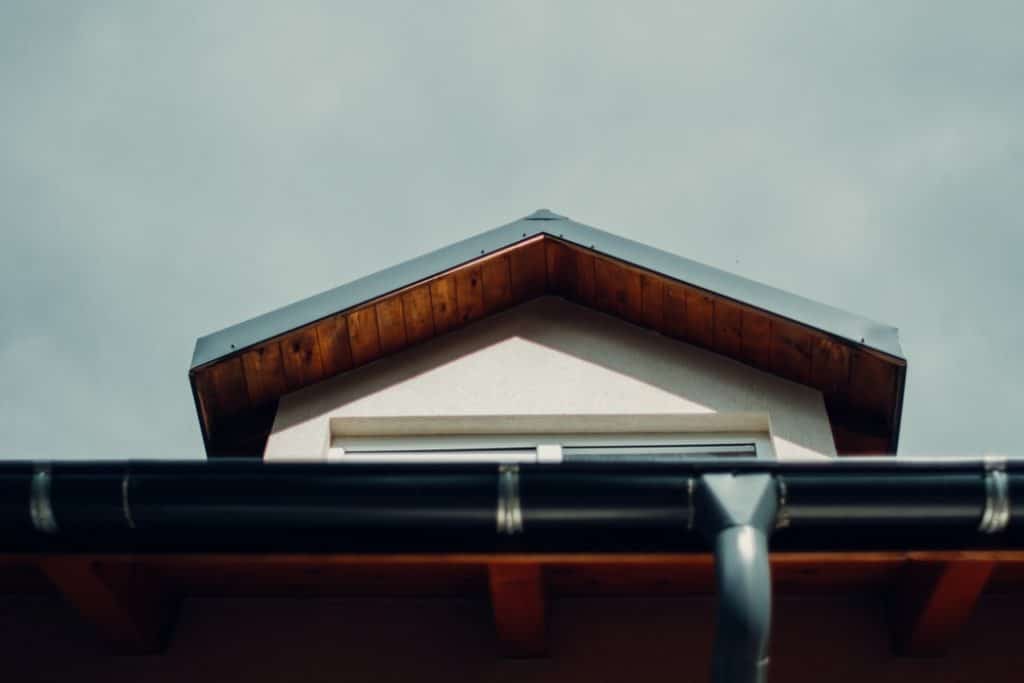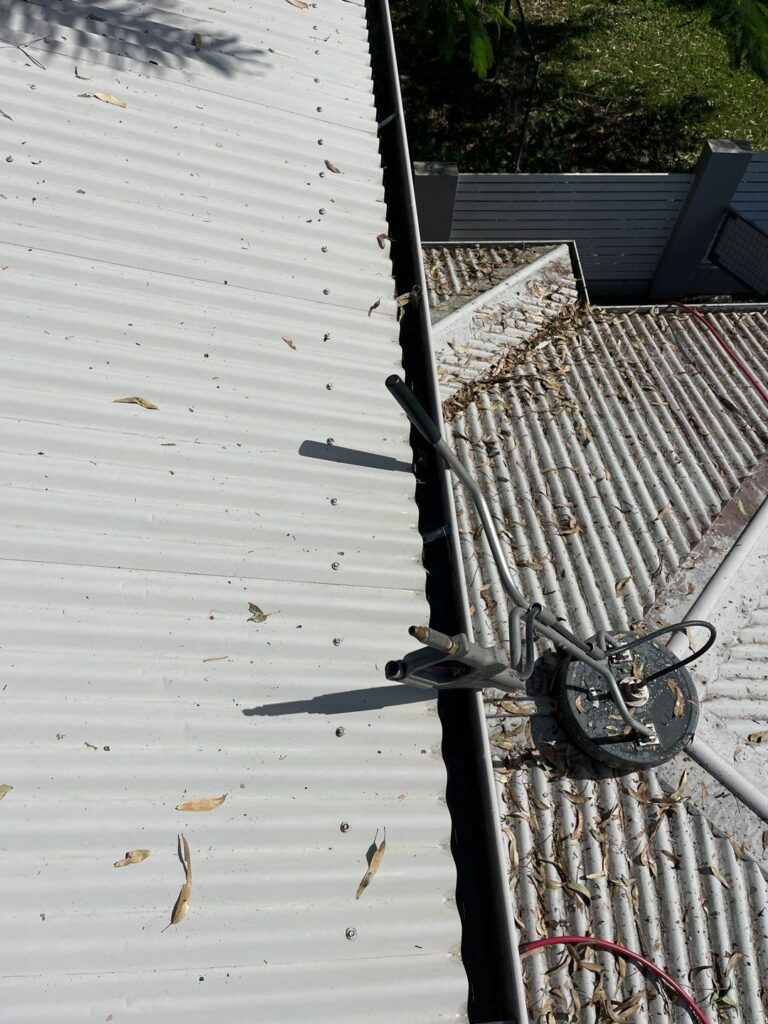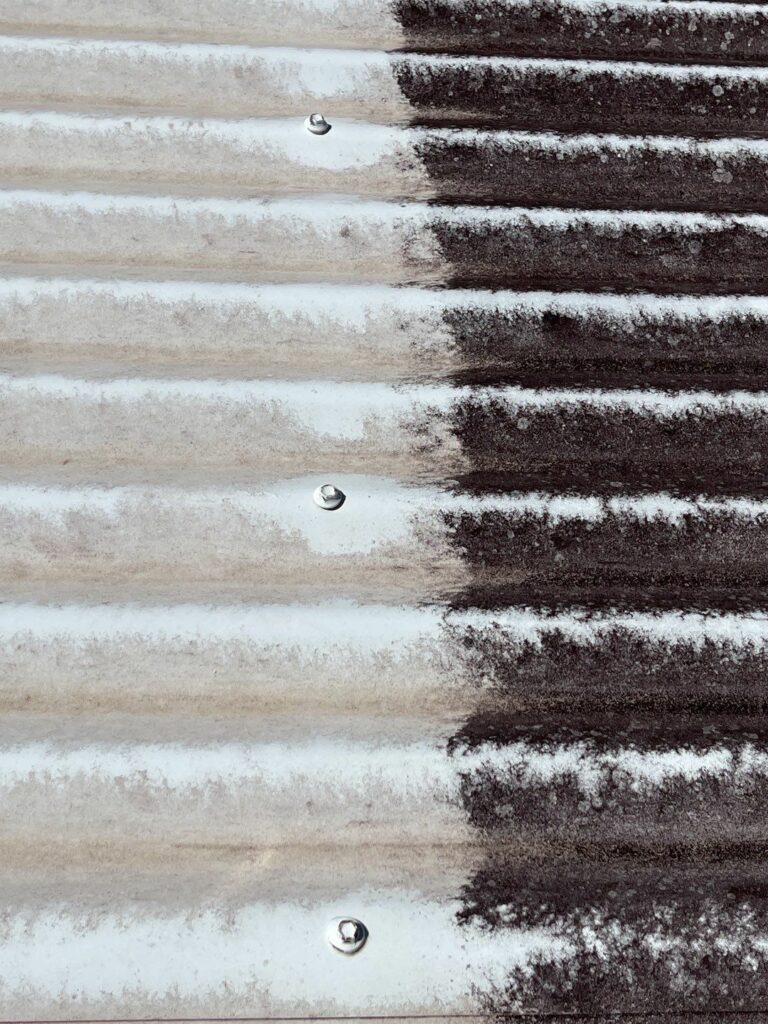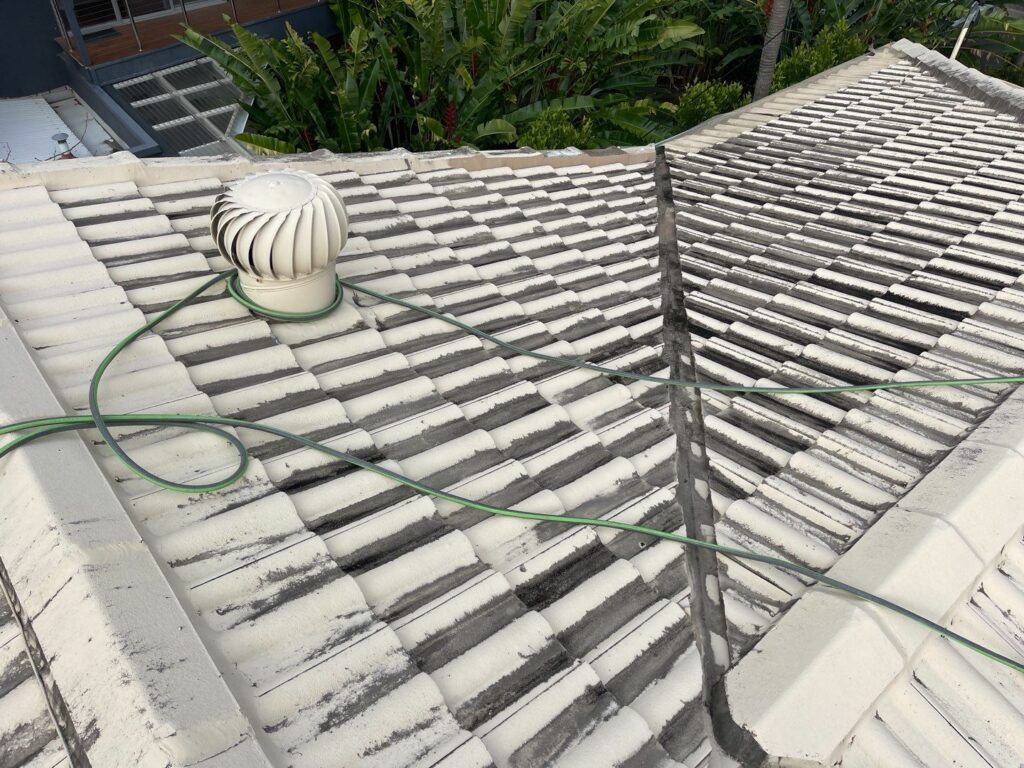The structural integrity of your roof are incredibly important in protecting your home from the elements. In areas like the Sunshine Coast and Brisbane, it is not uncommon for your roof to experience damage from various weather conditions.
If you have experienced extreme weather conditions, it is important to be aware of the ways that weather can put a strain on the most essential component of your home. In our latest post, we outline everything you need to know about weather damage and your roof.

The Importance Of Your Roof
You might not think about it often, but your roof is one of the most important parts of your home. The importance of your roof includes:
- Protection: Your roof protects you, your family and your interior from the outside world. It keeps you warm in winter, cool in summer and dry all year round.
- Home Value: The condition of your roof can have a significant impact on the value of your home. A well-maintained and updated roof will add value to your property, while an old and damaged roof will drag down the price. If your roof is in good shape, a potential buyer can assume the rest of the house has been tended to with care.
- Energy Efficiency: A good roof will help to insulate your home and keep energy costs down. In winter, a properly insulated roof will keep heat in, and in summer it will reflect sunlight and heat away from your home.
How Weather Affects Your Roof
Summer temperatures are rising, winds are picking up and extreme storms are becoming more common. All these factors can take a toll on your roof, causing leaks, cracking and other types of damage.
Windy Weather
Much like the reported May 2022 storm with wind speeds of up to 128 km an hour, strong winds can wreak havoc on your roof. High winds can cause tiles to crack, break, loosen and even detach completely from the roof.
Shingles can also be blown away, exposing the vulnerable underlayment of your roof. Similarly, corrugated iron roofs can be easily swept off if not well maintained.
The nature of wind means that the corners and edges of roofs are targeted, making them more susceptible to wind damage. In the event of a wind storm, it is also common for overhanging trees to be crack and fall on roofs, causing damage.
Regular roof maintenance and repairs can help to reduce the risk of wind damage by ensuring that all weaknesses have been addressed. This is also true after wind storms, as dirt and damages will need to be addressed as soon as possible.
Water & Rain Damage
Rain is one of the most common ways that your roof can be damaged. However, this is only true if there is problems and damages that have not already been addressed.
One of the most easily identifiable roof problems is a leak, caused by excess water pooling and then seeping into the structure. Similarly, clogged and underperforming gutters can overflow, causing water to enter the home, flow down the exterior walls and enter the foundation.
If not addressed, water damage can cause wood to rot, metal to rust and weaken the foundation of your home. Thus, when leaks occur, it is important to identify their source and take steps to repair any holes and cracks to stop future leaks.
Hail Damage
Hail storms are one of the most destructive weather conditions, with hail stones capable of causing serious damage all manner of structures. While small hail stones will only dent and ding your roof, larger ones can crack tiles, break shingles and even cause holes.
The soft nature of asphalt shingles makes them more susceptible to being damaged by hail. However, all roof types can be damaged by hailstorms, with even the most durable materials like slate and metal being at risk.
The best way to avoid hail damage is to have your roof regularly inspected and repaired. This will ensure that any small problems are addressed before they have a chance to become bigger issues.
Heath & High Temperatures
While the warmer months might bring the chance to enjoy the outdoors, the high temperatures of summer can cause all sorts of problems for your roof. The intense heat can cause asphalt shingles to curl and buckle, while also making them more susceptible to cracking and breaking.
Similarly, the heat can cause expansion and contraction in other materials like metal, which can lead to problems like rippling, leaks and even holes.
The summer heat can also make it easier for unsightly mould or mildew to blooms and spread on your roof. This is especially true if there is debris and leaves that rap moisture.
To avoid heat damage, it is important to have your roof regularly inspected and cleaned. This will ensure that any debris is removed and potential problems are identified and addressed.
Cold Temperatures
While much of the Sunshine Coast and Brisbane experience mild temperatures, there is no denying the damage extreme cold during winter can cause. Night-time temperatures can drop, increasing the chances of damage from thermal shock.
Similarly, leaves, branches and twigs can block gutters and roofs which leads to leaks and mould outbreaks. Trapped moisture can also refreeze, which can cause expansion and contraction that leads to cracks and holes.


How to Protect Your Roof From Storm Damage
The weather is can be unpredictable, with even the most prepared homeowners at risk of storm damage. However, there are a number of steps that you can take to reduce the risk of damage to your home.
Clean Your Roof Regularly
One of the best ways to protect your roof is to keep it clean. This means removing any debris, leaves and branches that might have accumulated. Not only will this help to improve the appearance of your home, but it will also reduce the risk of problems like mould, mildew and leaks.
Repair damaged shingles
Any damaged or missing shingles should be replaced immediately. By repairing any loose or damaged shingles you reduce the chance of breaking it free and exposing your home to potential leaks and water damage.
Clean your gutters
Water needs to freely flow and drain away from your home. If it is unable to do so, then it will quickly pool and seep into the structure of your home. As such, you should regularly clean your gutters to ensure that they are free from debris and leaves.
Trim your trees regularly
Trees that overhang your home can drop leaves, branches and twigs onto your roof. These can quickly block gutters and drains, leading to leaks and mould outbreaks. As such, you should regularly trim any trees near your home.
Local Knowledge & Experience In All Weather Conditions
No matter what the weather throws your way, the team at Water Attack Pressure Washing have the knowledge and experience to help. We’ve worked on roofs affected by all sorts of weather conditions, helping our clients to avoid further damage and keep their homes and businesses safe.
We offer a comprehensive range of roof cleaning services including:
- Roof cleaning and painting
- Roof shingle repair
- Roof restoration
- Gutter cleaning
- Roof soft washing
- Solar panel cleaning
Our services are tailored to meet the specific needs of each client, ensuring that we deliver the best possible results. So, if you’re looking for a team that can help you keep your roof in top condition, regardless of the weather, contact Water Attack Pressure Washing today!


